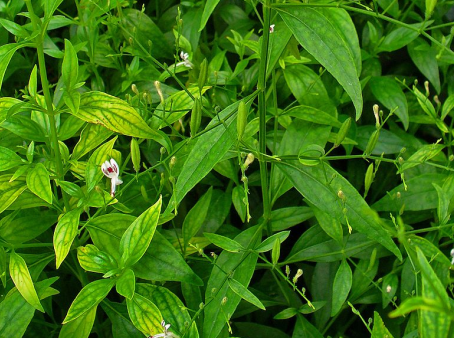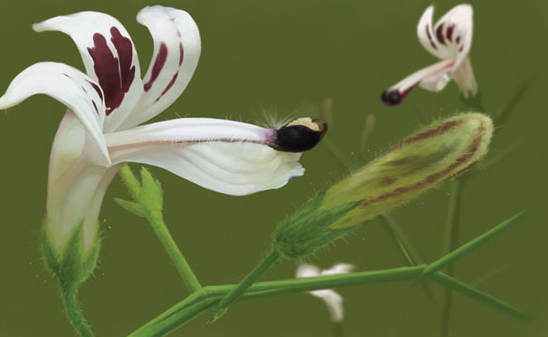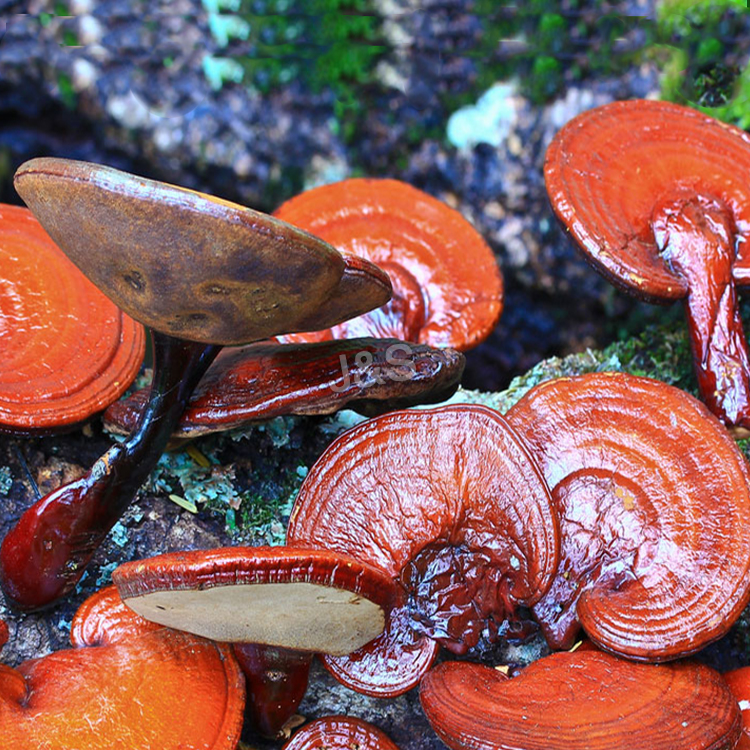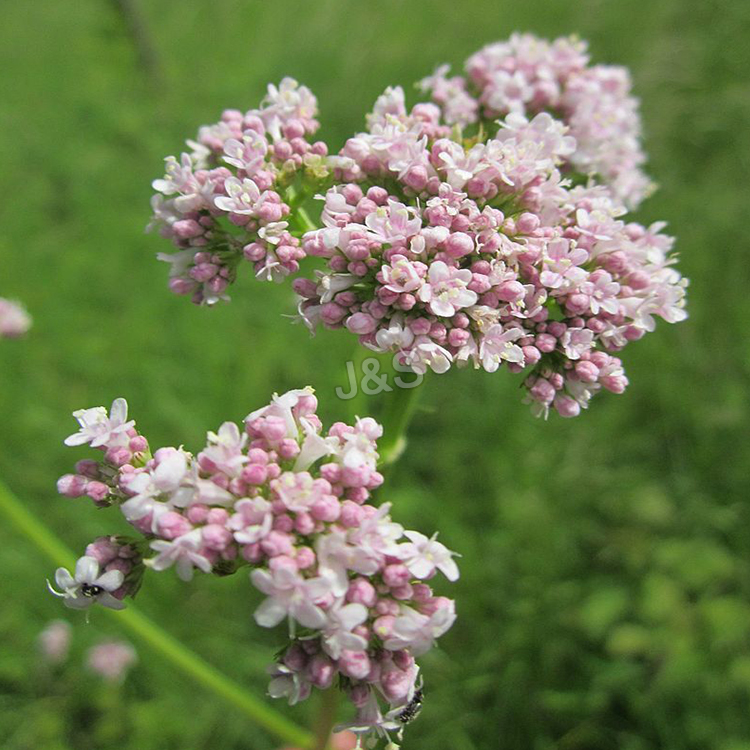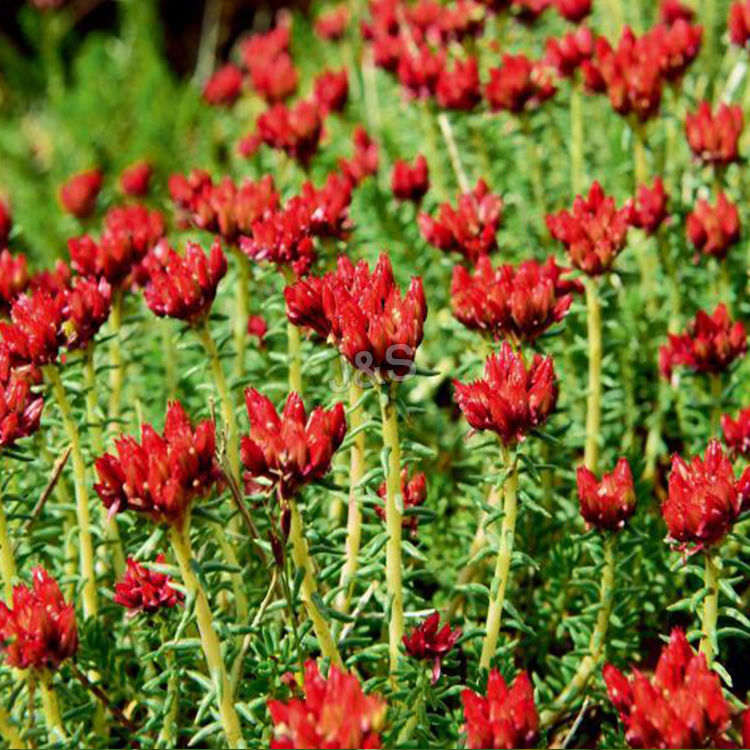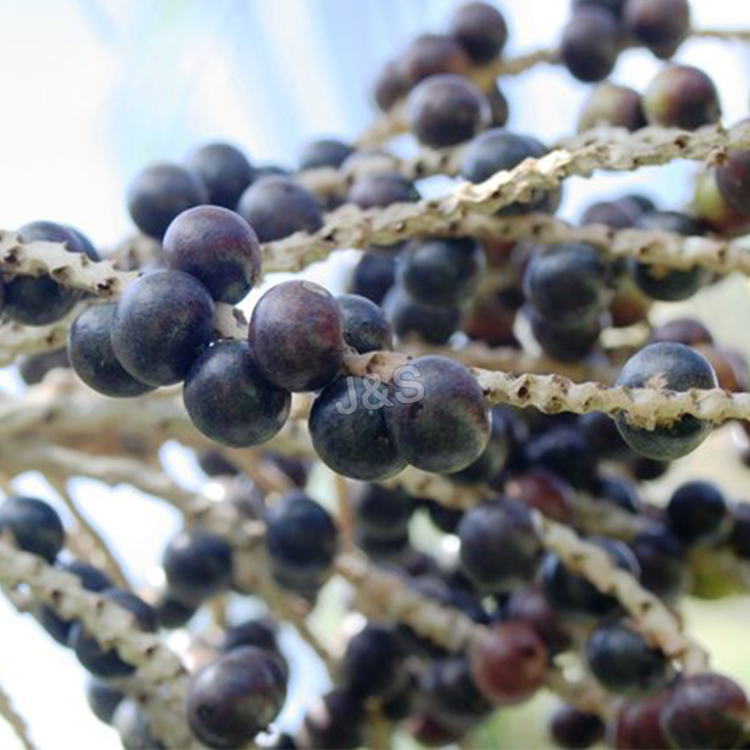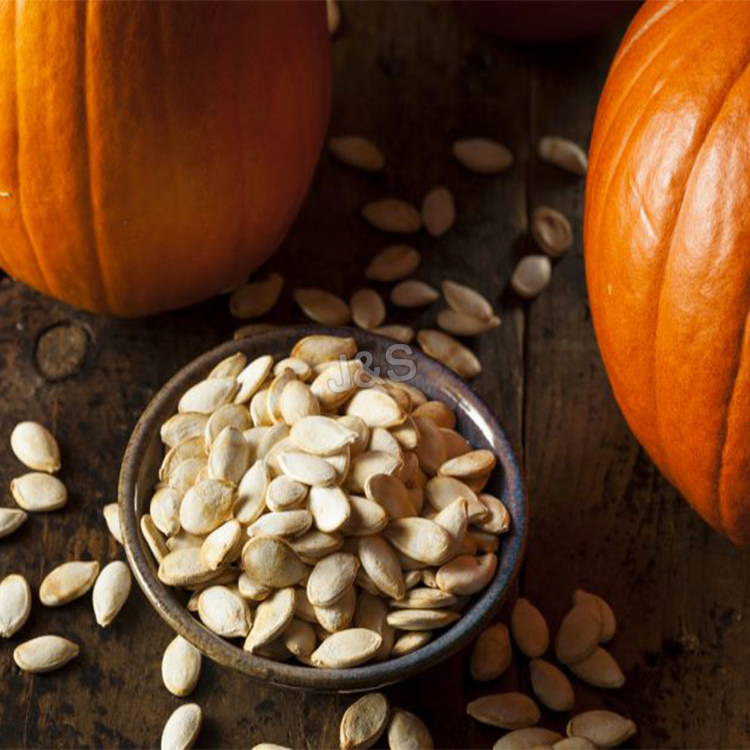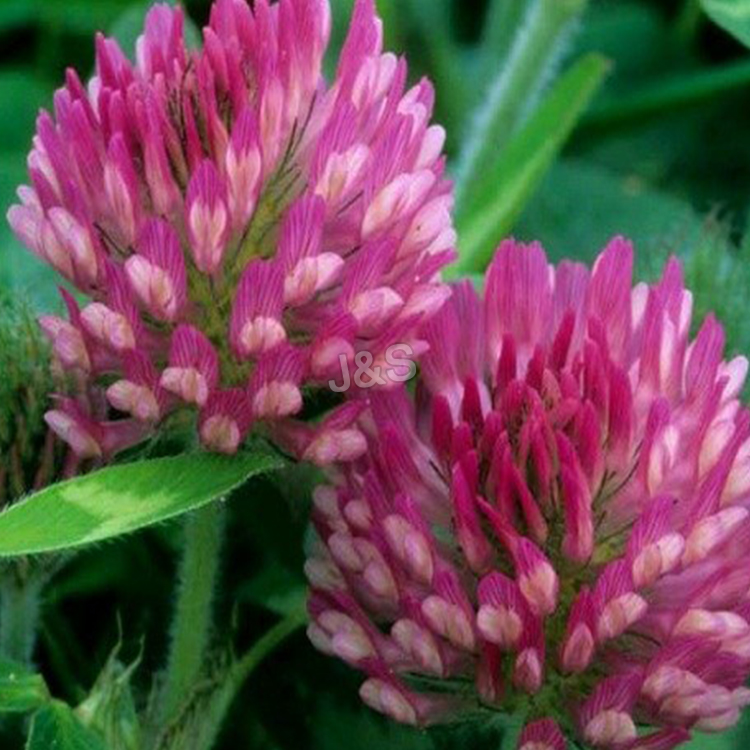Supply for Andrographis Extract Manufacturer in Israel
Supply for Andrographis Extract Manufacturer in Israel Detail:
[Latin Name] Andrographis paniculata(Burm.f.)Nees
[Plant Source] Whole herb
[Specification] Andrographolides 10%-98% HPLC
[Appearance] White powder
Plant Part Used: Herb
[Particle size] 80Mesh
[Loss on drying] ≤5.0%
[Heavy Metal] ≤10PPM
[Storage] Store in cool & dry area, keep away from the direct light and heat.
[Shelf life] 24 Months
[Package] Packed in paper-drums and two plastic-bags inside.
[Net weight] 25kgs/drum
[What is Andrographis?]
Andrographis paniculata is a bitter tasting annual plant, referred to as the “King of Bitters.” It has white-purple flowers and it is native to Asia and India where it has been valued for centuries for its numerous medicinal benefits. Over the past decade, andrographis has become popular in America where it is often used alone and in combination with other herbs for a variety of health purposes.
[How does it work?]
According to Memorial Sloan-Kettering Cancer Center, the active ingredient in andrographis is andrographolides. Due to the andrographolides, andrographis has potent anti-inflammatory and antimalarial properties. It also has antimicrobial properties, meaning it can help to fight off and prevent infections from harmful microorganisms such as viruses, bacteria and fungi. In addition, andrographis is a powerful antioxidant and it can help to prevent free radical induced damage to your cells and DNA
[Function]
Cold and Flu
Scientists have discovered that andrographis helps to boost the immune system by stimulating the body’s production of antibodies and macrophages, which are large white blood cells that scavenge harmful microorganisms. It is taken for both the prevention and treatment of the common cold, and it is often referred to as Indian echinacea. It might help lessen the severity of cold symptoms such as sleeplessness, fever, nasal drainage and sore throat.
Cancer, Viral Infections and Heart Health
Andrographis may also help to prevent and treat cancer, and preliminary studies done in test tubes found that extracts of andrographis help to treat stomach, skin, prostate and breast cancer. Due to the herb’s antiviral properties, andrographis is used to treat herpes and it is also currently being studied as a treatment for Aids and HIV as well. Andrographis also promotes heart health and can help to prevent the formation of blood clots as well as to dissolve already formed blood clots. In addition, the herb relaxes smooth muscles in the walls of blood vessels and thereby helps to reduce high blood pressure.
Additional Benefits
Andrographis is used to promote gallbladder and digestive health. It also helps to support and strengthen the liver and it is used in combination with other herbs in several Ayurvedic formulations to treat liver disorders. Finally, andrographis extracts taken orally have been found to help neutralize the poisonous effects of snake venom.
Dosage and Precautions
The therapeutic dose of andrographis is 400 mg, twice daily, for up to 10 days. Although andrographis is considered safe in humans, the NYU Langone Medical Center warns that animal studies suggest that it may impair fertility. Andrographis may cause unwanted side effects such as headaches, fatigue, allergic reactions, nausea, diarrhea, altered taste and pain in the lymph nodes. It may also interact with certain medications and as with any supplement you should consult your health care practitioner before taking the herb.
Product detail pictures:
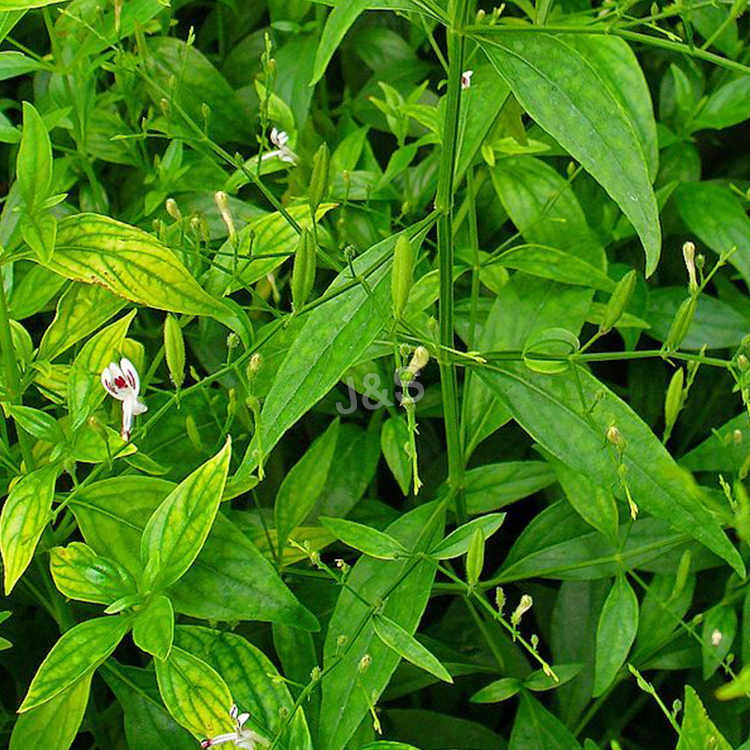
Related Product Guide:
We take "customer-friendly, quality-oriented, integrative, innovative" as objectives. "Truth and honesty" is our administration ideal for Supply for Andrographis Extract Manufacturer in Israel , The product will supply to all over the world, such as: New Zealand, Bangladesh, Cannes, At Present, our products have been exported to more than sixty countries and different regions, such as Southeast Asia, America, Africa, Eastern Europe, Russia, Canada etc. We sincerely hope to establish wide contact with all potential customers both in China and the rest part of the world.
Class 11: Biology: Biomolecules: Polysaccharides
Tentex Forte is a male enhancement supplement made by Himalaya Healthcare, an Ayurvedic medicine company that’s been making various natural herbal supplements for almost a century.Among the familiar ingredients, we find:
Ashwagandha which helps the body adapt to stress and provides energy to improve stamina.
Mucuna Pruriens which is an ancient aphrodisiac.
Shilajit for sexual power and stamina.
Indian Long Pepper which helps with absorption of other ingredients.
Their products are available worldwide, and they operate under the philosophy that natural ingredients can be combined to address most of the healthcare needs we face today.
Tentex Forte can provide sexual confidence by improving your libido, easing your ability to achieve and maintain an erection, and helping to alleviate the anxiety that comes with sexual desire and performance.
The idea is that by working on the hypothalamus and limbic systems, Tentex Forte addresses the whole of the problem of erectile dysfunction, thereby eliminating it.
Medical Disclaimer : These videos are only intended for informational purpose.Any information associated with these videos should not be considered as a substitute for prescription suggested by LOCAL beauty, diet and health care professionals.Viewers are subjected to use these information on their own risk.This channel doesn’t take any responsibility for any harm, side-effects, illness or any health or skin care problems caused due to the use of our content or anything related to this.
Sales manager is very enthusiastic and professional, gave us a great concessions and product quality is very good,thank you very much!


